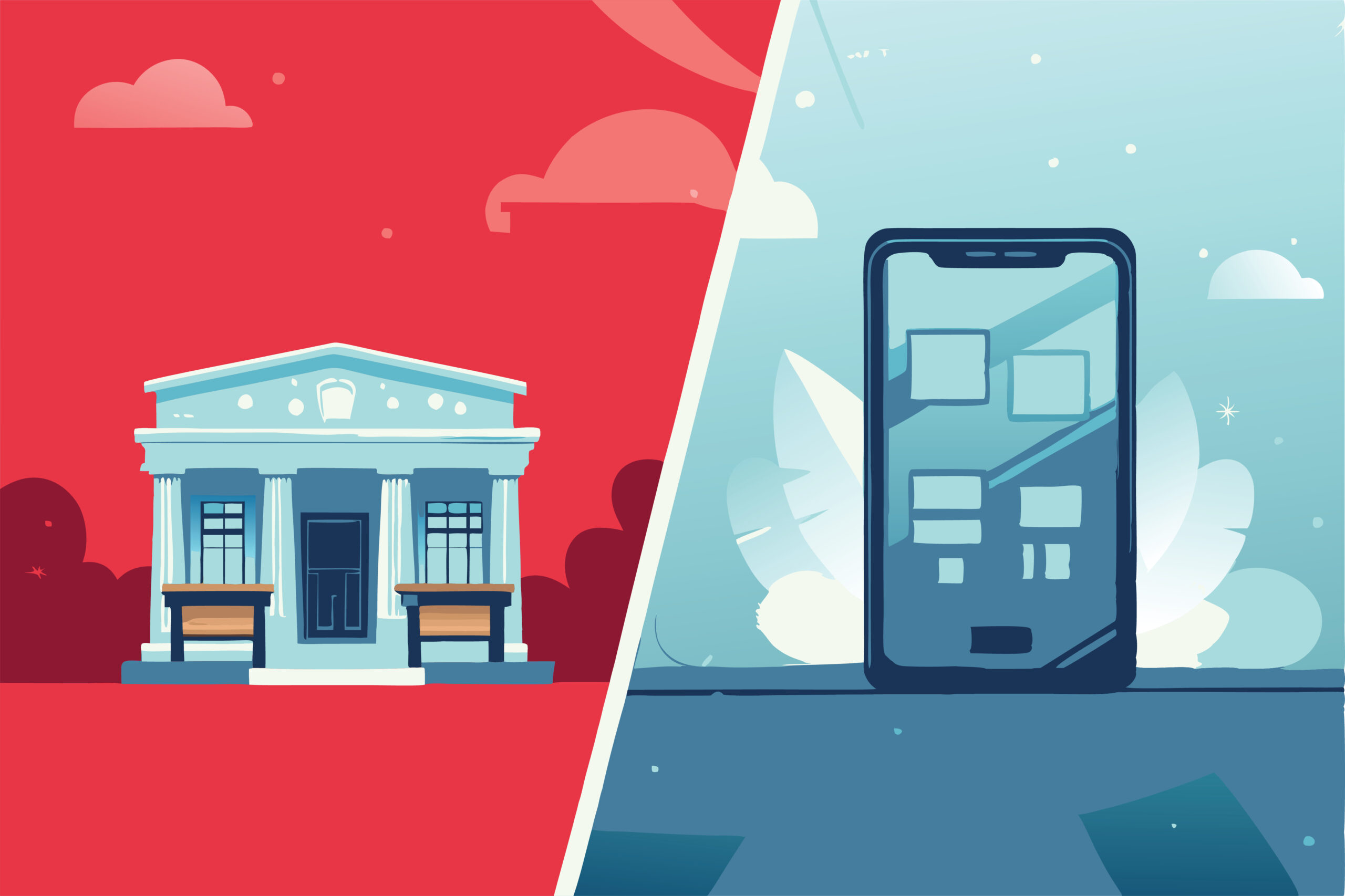Banking has changed significantly over the years. In the past, people relied on physical bank branches to handle their financial transactions, such as depositing checks, withdrawing cash, and opening savings accounts. However, with technological advancements, online banking has become a preferred method for many consumers.
The emergence of digital banks has further transformed the financial landscape. These banks operate entirely online, offering many benefits over traditional institutions. Choosing the right banking option depends on personal financial needs and preferences. Here’s a closer look at how traditional and online banks compare in 2025.
What Are Online Banks
Online banks are financial institutions that operate exclusively over the internet. They have no physical branches, which allows them to reduce overhead costs. This often results in lower fees and higher interest rates on savings accounts.
Most online banks offer checking and savings accounts, with some providing additional financial products like credit cards and certificates of deposit. Customers manage all transactions through mobile apps or websites, eliminating the need for in-person visits.
How Online Banks Work
Online banks function similarly to traditional banks, but all transactions are conducted digitally. Account holders can open accounts, transfer funds, and pay bills entirely online.
To open an account, customers typically need to provide a valid identification, Social Security number, and residential address. After the account is set up, users can link it to an existing traditional bank account for easy money transfers between institutions.
Benefits of Online Banks
- Lower Fees – Digital banks often have fewer expenses, which allows them to offer accounts with no monthly maintenance fees.
- Higher Interest Rates – Online banks usually provide better rates on savings accounts compared to traditional banks.
- Convenience – Customers can access their accounts at any time from a smartphone or computer.
Downsides of Online Banks
- Limited Customer Support – Since there are no physical locations, customer service is available through online chat or phone calls.
- Smaller ATM Networks – Online banks may have fewer ATMs or rely on third-party networks for cash withdrawals.
- Requires Internet Access – Digital banking is best suited for users who are comfortable with online transactions.
Benefits of Traditional Banks
- In-Person Service – Customers can visit branches for assistance with complex financial matters.
- Expanded Financial Services – Traditional banks provide additional services, such as wealth management and financial advising.
- Established ATM Networks – Most traditional banks have a widespread ATM network for convenient withdrawals and deposits.
Downsides of Traditional Banks
- Higher Fees – Monthly maintenance fees and overdraft charges are often more expensive at traditional banks.
- Limited Business Hours – Unlike online banks, physical locations operate within specific hours.
- Inconsistent Customer Experience – Service quality can vary depending on location and staff expertise.
Mobile Banking vs. Online Banking vs. Digital Banks
Many people use the terms interchangeably, but they have distinct meanings:
- Mobile Banking – Managing finances through a smartphone app provided by a bank.
- Online Banking – Using a traditional bank’s website to perform transactions digitally.
- Digital Banks – Financial institutions that operate exclusively online with no physical branch locations.
Which Type of Bank Is Best for You
Choose a Traditional Bank If You:
- Prefer face-to-face interactions for financial advice.
- Need access to physical branches for deposits and other services.
- Want specialized financial products such as investment management.
Choose an Online Bank If You:
- Want lower fees and higher savings rates.
- Do not require in-person banking services.
- Prefer managing finances efficiently through mobile and online platforms.
While online banks provide convenience, lower fees, and competitive interest rates, traditional banks offer essential in-person services. Many consumers find it beneficial to use both types of banks—a digital bank for savings and daily transactions and a traditional bank for loans and financial consultations.
As technology continues to shape the banking industry, finding the right balance ensures the most efficient and cost-effective financial experience in 2025.


Leave a Reply